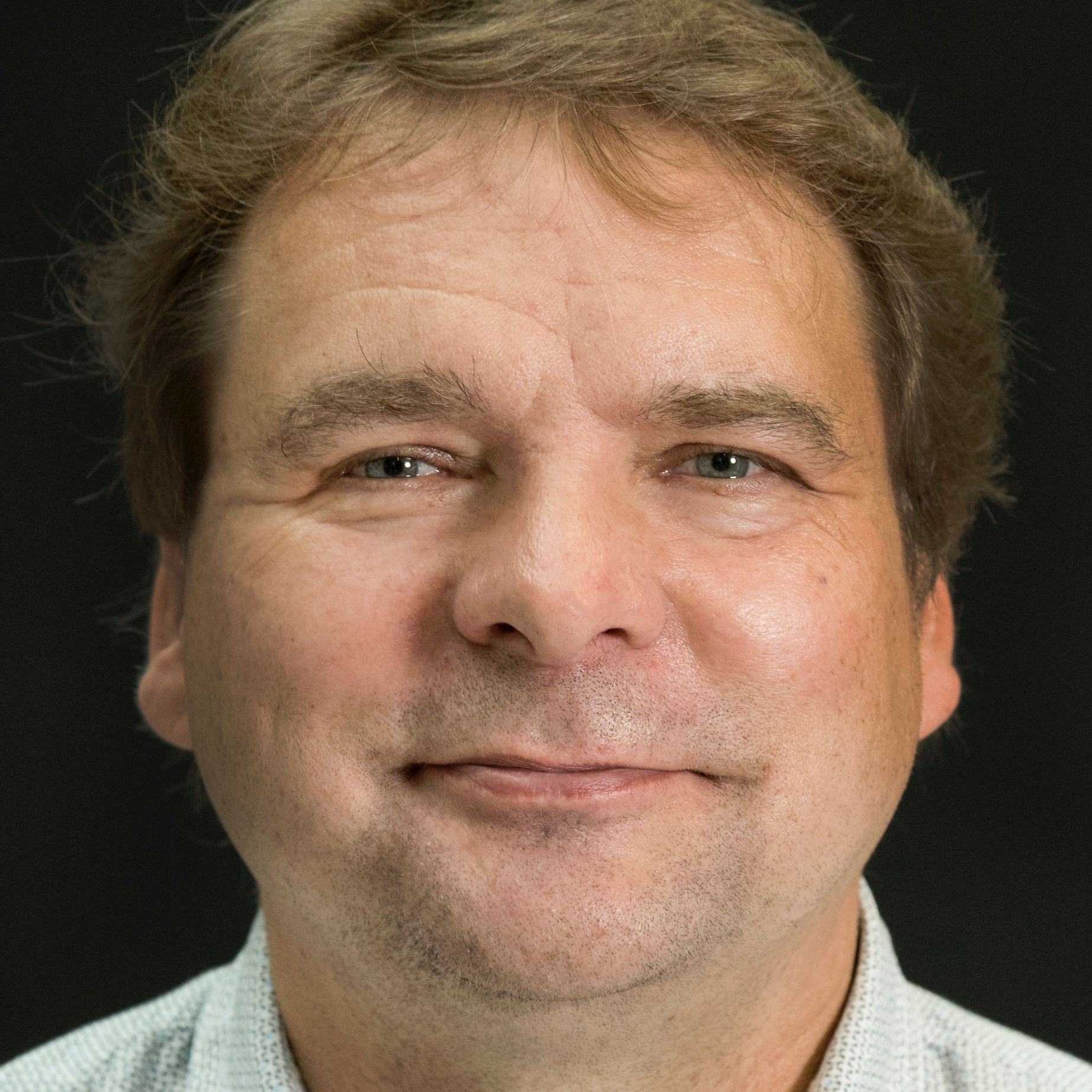Dr Frank Kauker
Frank studied Theoretical Physics in Hamburg. But, since he gradually became more interested in applied physics, he first switched to the Max Planck Institute for Meteorology in Hamburg and then to the AWI, where he is currently focusing on creating and refining sea-ice models for climate research. Concretely, he integrates data gathered in the field and satellite data into models that predict e.g. future sea-ice conditions.
A climate modeller’s work is highly theoretical and involves a great deal of programming. For meereisportal.de he predominantly works on the ‘sea ice outlook’, a ‘contest’ held every May, in which researchers from various countries seek to predict what the minimum sea-ice extent in September will be. Another major aspect of his work consists in identifying flaws in the models and optimising them to improve their future accuracy. For example, by utilising the ice-thickness data from the CryoSat-2 satellite, the precision of the predictions was doubled. That’s also why it’s so important to collaborate with other working areas, which allows a given model’s outcomes to e.g. be validated after the fact by comparing them with the actually recorded data.
Why is it important to use models to monitor the sea-ice extent?
It allows us to more accurately portray and understand the changes in the polar regions. Of course, in reality we know the ice is retreating, which should give us the motivation that we, as a society, need in order to take action. That being said, research is now focusing more on how the sea-ice extent in the Arctic affects the weather in Europe. There are a number of hypotheses on that question, and the goal of this research is to grasp the interconnections, and to improve weather forecasts by taking into account the on-going developments in the Arctic.
How important is it for you to work together with the researchers who gather data during field expeditions?
Well, modelling and gathering observational data are, for the most part, two separate areas. However, in terms of sea-ice research we have something quite rare, perhaps even unique, at the AWI, because our group does all of the working steps in-house using a ‘research chain’. We have researchers who gather the data on site, out on the ice, researchers who analyse the satellite data, and other researchers who, for instance, use the CryoSat-2 satellite data to calculate the sea-ice thickness, use the EM-Bird to validate their findings, and subsequently refine the sea-ice data. We then feed this field data and satellite data into a model and use it to make forecasts.
What do you consider to be the responsibilities of meereisportal.de in terms of knowledge transfer?
Information needs to be prepared in such a way as to be accessible to a broad audience. And meereisportal.de represents a major step in that direction, because there are very few sources of information out there that land somewhere between the comparatively superficial level of coverage in newspapers on one hand, and the highly complex content of scientific publications on the other. The portal is a medium where users can find extensive information, but conveyed in such a way that it can be clearly understood with very little background. However, we have to be careful that, in our updates, we don’t move too far in the direction of newspaper-style coverage. There have always been extreme weather events, but the process of climate change is far more gradual, and it is very important that we sufficiently cover that process and not just concentrate on extreme events and catastrophes.
With my work, I hope to…
… in a nutshell, help make the world a better place.

